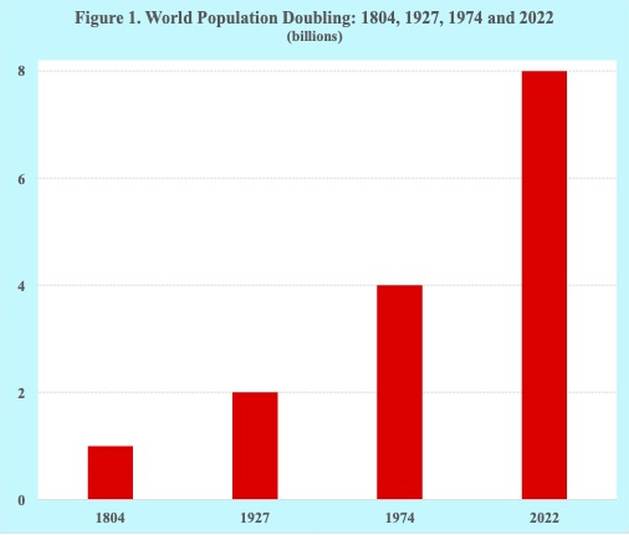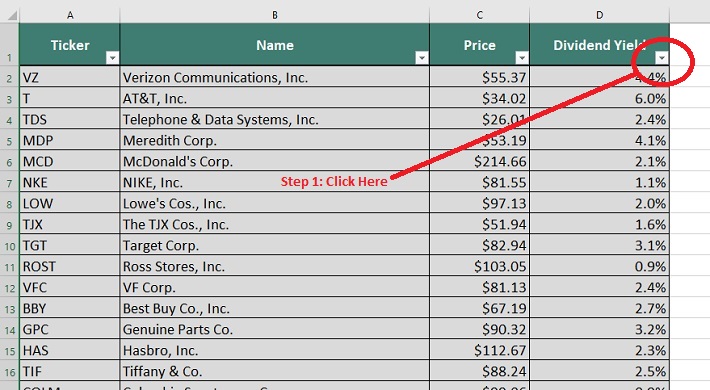Miriam Wheeler
Goldman Sachs is expanding its conduit activities into the middle market with a digital platform. Borrowers in the $5 million to $35 million range, can go onto the “Digital CMBS” website, enter property-level information, and get real-time, customized, indicative quotes. CPE chatted with Miriam Wheeler, Goldman Sachs partner & head of the Americas Real Estate Financing Group in the Investment Banking Division, about the particulars of the new product and about how CMBS is reacting to economic uncertainty.
What is Goldman Sachs’ strategy behind Digital CMBS?
Wheeler: We have been in the conduit business for a long time. Our conduit business is where we make smaller fixed-rate loans, anywhere from $5 million and up. We want to expand our conduit business into the middle market, and we want to embrace technology and do it in a digital format.
The idea is that our potential borrowers can go onlineand get a sense of what their borrowing costs could be in a really easy-to-use web-based format. We hope that this is both a service for borrowers and that it also helps us generate some new business. We’d love to ultimately be a conduit loan provider for folks who use our platform.
READ ALSO: Why Office Loans Are Few and Far Between
Why is this the right new product for today’s market?
Wheeler: We’re clearly in a very volatile environment, as we’ve all experienced. I think one benefit of this digital platform is that it’s giving real-time information. You can go online at any point and get an updated indication of where you could generically borrow today.
Also, we pride ourselves in trying to be tech-enabled as a firm and to do more digitally. Real estate has been a business, historically, that has been slightly less impacted by technology than maybe some other sectors. We are really focused on trying to bring technology to real estate and use it to connect with more potential borrowers than we otherwise would in our real estate practice.
Tell readers about the development process for a product like this.
Wheeler: One of our engineers, Jeff Rabinowitz, came up with the idea for this product more than a year ago. He had been thinking about what we could automate, what we could do with technology across the investment banking division. We got paired up with him and thought that this could be great for our business because we want to embrace technology, and we want to reach more borrowers. So, this was actually his brainchild, and we’ve spent the last nine to 12 months figuring out what borrowers would want to see from us. We’re really excited about its launch, and Jeff has been incredible in being the mastermind behind it.
Besides going online to engage with you, what other aspects of the process will be automated?
Wheeler: Borrowers will be able to get customized, real-time indicative quotes in terms of where we could make a loan today based on data that they input on our website, including high-level property characteristics. That kind of immediate feedback, based on the information provided, will cut out a lot of time from the process. Hopefully, it makes the process of getting a loan easier and quicker. Beyond that, we’re generally focused on streamlining our whole process and exploring where additional digitization may make sense. And so, in addition to this digital storefront, we want to try to make the process of closing a loan as painless as possible for our borrowers.
Will the due diligence process also be automated?
Wheeler: No. The due diligence will follow a typical process that is not automated. But we think that we have that down to a pretty good science. We generally find that borrowers are happy with our process overall.
Why else would this product appeal to borrowers?
This is an interesting time for borrowers to consider a fixed-rate product. A lot of the borrowing that happened over the last couple of years was floating rate, and the challenge with floating rate is, in a rising rate environment, your interest costs are unknown in the future. You can buy interest rate caps, but they can be expensive. We’ve seen the cost of an interest rate cap go up 40 times from what it was at the beginning of the year for the same strike rate. So, you have either have repeated cost or the unknown around your borrowing costs.
We are seeing some borrowers say: “This is a great time for fixed-rate debt because I know what my cost is. I can lock it away and have that predictability in terms of debt over the next five or 10 years, depending on the loan term.”
We are also seeing more borrowers choose five-year fixed-rate rather than 10-year fixed-rate, and we’ve launched a five-year fixed rate program as well. The thought behind that is rates are definitely higher than they were a couple of years ago. If you choose five years, you have certainty for five years. But you get the benefit, if rates fall beyond that, that you didn’t necessarily lock in for 10.
I am wondering how eager borrowers are to lock rates in right now because rates may stabilize next year.
Wheeler: Short term, we are seeing a bit of a decrease in activity because, I think, most borrowers are focused on trying to get a better sense of where the Fed is going before making long-term decisions. But that said, some borrowers are still buying assets or have debt maturities that they need to address, and we think our five- and 10-year fixed- rate debt products are good ways to deal with those borrowing needs.
Back to the market in general, negative leverage for CMBS spiked during the third quarter. What impact is that having on demand from issuers and bond buyers?
Wheeler: What we are seeing is that it’s causing leverage to come down in the market. We are very focused on debt service coverage ratio. What would have been a 70 percent LTV loan covered last year may need to be 50 or 60 percent in the current market to avoid some of that negative leverage. It is having the impact of bringing down leverage across the market. Certain loans also need additional structure in the form of interest reserves or other structures to address where coupons are today. But that is definitely top of mind both for borrowers and bond buyers.
CMBS delinquency rates have been improving over the past couple of months, and I think that speaks to the strength of the underlying collateral. Could that change if we enter a recession or values start taking a hit?
Wheeler: It’s something we’re watching closely. If you look at the public REITs, the top line and, frankly, the bottom line, still look very good for multi-family, industrial and hospitality. In industrial and multifamily, we’ve seen record rent growth over the last couple of years. That has still led to very solid earnings, and that’s benefitted debt holders as well.
Office, where you’ve seen a lack of demand and negative releasing spreads for many assets, is a little bit of a different story. We are expecting that you could see some greater delinquency in that sector. Overall, however, leverage in the CMBS market is much lower this time around than it was going into the GFC. We think that gives loans some cushion to absorb what could be some value degradation. But, depending on the severity of a potential recession, you could see more stress in the sector, particularly in office.
















